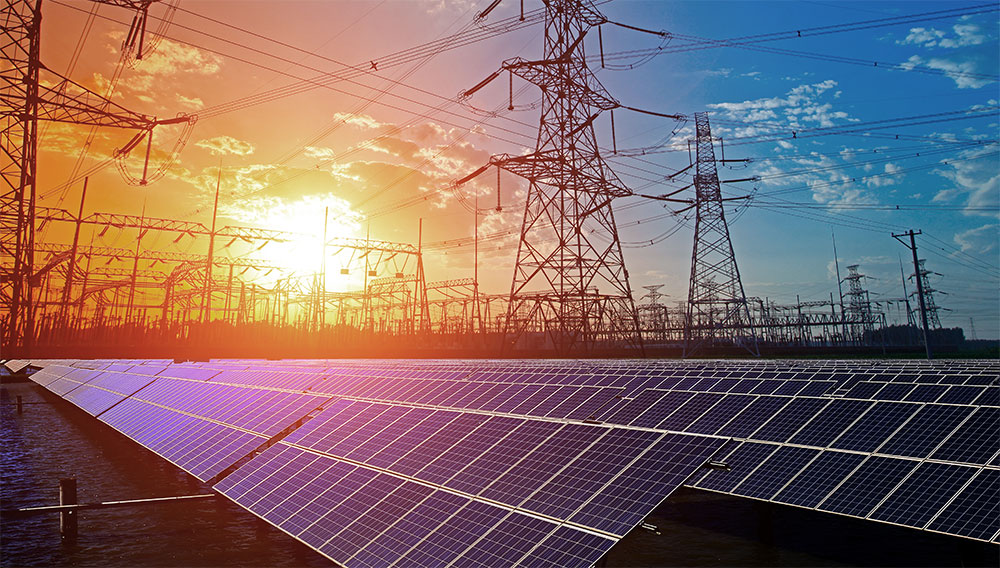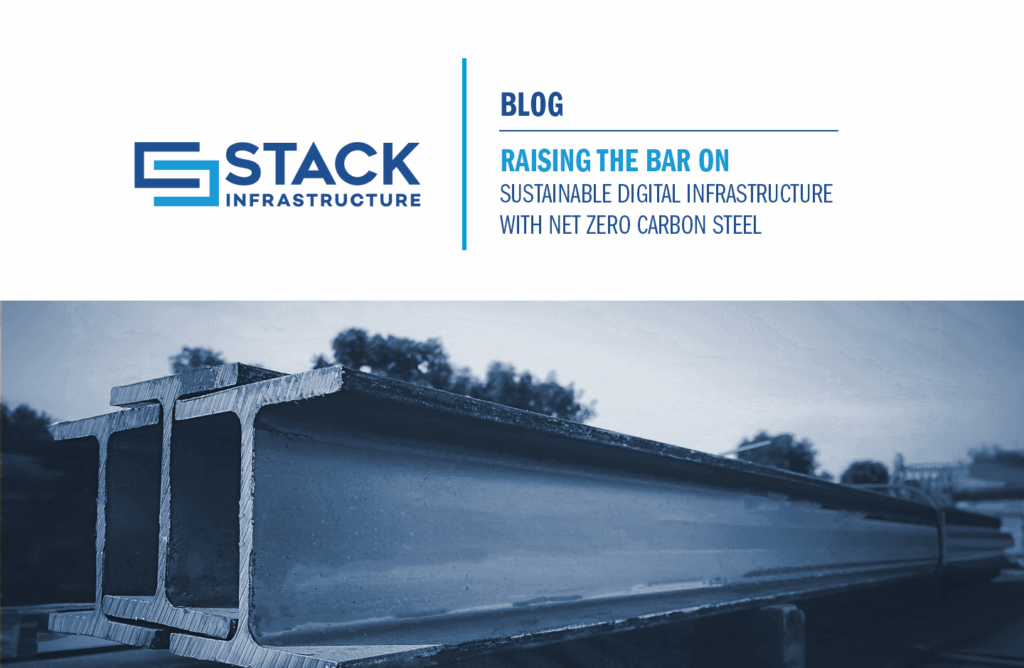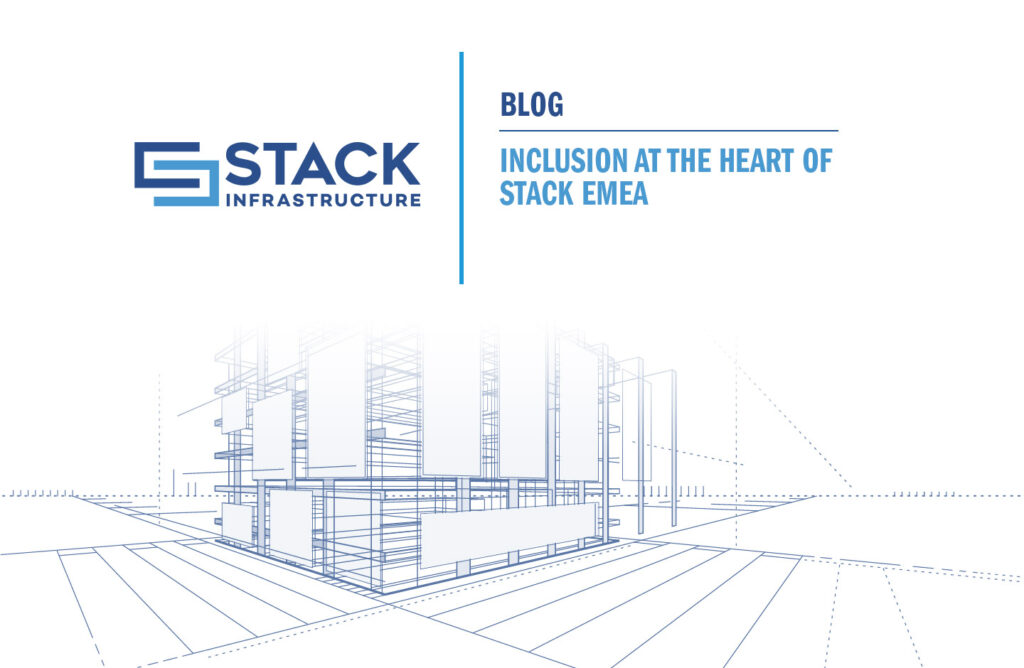The Future of Backup Energy Storage is a Mixed Bag of Challenges and Opportunities for Data Centers

How the march toward a decarbonized future will collide with economic factors to create a new and challenging reality for data center operators
In the past few years, more than 300 U.S. cities and dozens of public utilities have committed to aggressive climate initiatives aimed at curbing greenhouse gas emissions. And globally, countries have begun committing to banning the sale of new internal combustion engine (ICE) vehicles by as early as 2025.
Across industries and international borders, the chorus of voices pushing for cleaner, more sustainable, and environmentally friendly business practices is reaching a crescendo. And few industries are singing quite as loudly as the technology sector is about its need to modernize and decarbonize their data centers. And it’s easy to see why.
Individual hyperscale data centers can consume as much as 2.25 million megawatt-hours per year, enough to power more than 200,000 homes. Smartphones and connected devices — some nine billion of them — stream more than eight billion hours of content every month, spiking server use and devouring power to the tune of 4% of the global electricity consumption and nearly 1.5 percent of global carbon emissions. This consumption presents an opportunity for vision, evolution, and change.
The industry is responding en masse in some creative ways, from purchasing renewable energy and carbon offsets or emissions credits, to setting science-based targets in emissions reduction to working with suppliers to reduce downstream environmental impact of the entire supply chain. The data center industry is heading toward a carbon-free (and even carbon negative) future, a goal that can only realistically be achieved in part through a renewed and refined focus on energy storage.
The Evolution of Data Center Backup Energy
For decades diesel-powered generators have served as a primary backup power source to the public grid. These backup systems are rarely used, meaning in raw volumes, their carbon emissions and environmental impacts may be minimal since they’re normally only expected to be run during public grid outages, which are infrequent. The technology is proven, reliable, scalable, and predictable. But as society continues decarbonizing, business and IT leaders are beginning to talk in earnest about transition plans from “traditional” backup energy sources to cleaner ones to eliminate both real and theoretical emissions.
Because renewable sources like solar and wind lack the national or global infrastructure to replace more conventional power sources effectively, there’s an opportunity for clean onsite generation to fill in energy capacity gaps and help maintain grid frequency or even provide other grid services as utilities continue to diversify their energy portfolios in pursuit of 100% renewable energy powered public grids.
While data centers, on the whole, are committed to achieving more sustainable operations, they’re also duty-bound to provide their customers — including banks, hospitals, and other essential services — with a high level of reliability which in turn requires predictable, reliable, and consistent power for their operations. This means the industry’s future likely involves striking a balance; seeking that consistency while minimizing environmental impact. It’s not easy, but it is possible.
The gradual transition to carbon-neutral or carbon-free data center operations will likely focus on three energy storage and production technologies that each has their own challenges but also present organizations with ample opportunity to create a path toward renewable energy that best suits them.
Batteries
Batteries are already a core component of modern data center power operations. Uninterruptible power supplies (UPS) help ensure that servers and other essential hardware aren’t susceptible to power line disturbances or power quality issues. These batteries have improved in price and size as the data center industry has shifted to Lithium-Ion chemistries.
Large scale users, including Google, are testing expansion of their existing UPS systems now, paving the way for batteries to take on a more prominent role in data center backup. In addition to expanded back-ups, batteries used in grid-attached-storage continue to gain momentum as an instantaneous way to buttress capacity on grids or manage grid frequency. Data centers have an opportunity to combine both services in one package.
But buying bigger batteries and larger quantities of them can become prohibitively expensive. The cost of batteries tends to scale linearly, meaning that the initial investment will be significantly more than the cost of diesel generators for a similar run time and currently makes it difficult to justify for a business. As battery prices continue to drop, this could shift the economic argument in their favor.
More importantly, batteries also have practical challenges. In data centers, they’re designed to fill the gap between a grid outage and the spin-up time of diesel generators, pointing them towards very specialized uses. Even big batteries that address daily issues do not have the capacity required to power an entire data center or campus as the primary source of power in case of a sustained grid outage — a massive consideration for uptime-focused businesses like data centers facilities, especially those in regions with higher risks of business interruptions from natural disasters like hurricanes and earthquakes.
Biofuels
Some years ago, music icon Willie Nelson made headlines by driving around a tour bus powered by biodiesel. Biofuels burn much cleaner than conventional fuels in terms of greenhouse gases and require minimal retrofitting to existing diesel generators, making it a relatively inexpensive and straightforward option for transitioning away from fossil fuels as both primary and secondary sources. Biofuels offer an excellent bridge opportunity to leverage existing installed infrastructure while significantly reducing fossil fuel consumption and dependence.
However, these fuels are still technically combustion technologies and, as such, still, come with all the associated impacts such as emissions which may factor into a data center’s decision to use them. Practically, biofuels have other significant challenges, namely availability and maintenance.
Production of biodiesel is expected to grow minimally over the next five years, significantly impacting supply and the fuel’s viability as a primary energy source while the generators that would use the fuel will still need ongoing maintenance and repair after the retrofit that could complicate the financial picture.
Hydrogen fuel cells
The third and most promising future energy storage option is hydrogen fuel cells. These innovative energy technologies use the chemical energy of hydrogen to cleanly and efficiently produce electricity. Using the most abundant element in the universe, fuel cells are hyper-efficient and have made great strides recently in providing reliable, sufficient power — enough to support up to 10 racks of servers for 48 hours on its own.
Hydrogen fuel cells only emit water rather than any greenhouse gases or other pollutants, making them among the greenest technologies and, when combined with a hydrogen storage tank and an electrolyzer, they could be integrated into the power grid to provide load balancing services. Microsoft has been working on HFE’s as a backup in small-scale pilots for the last couple of years, while companies in transportation advance the technology and basic infrastructure in parallel.
The downside, however, is the cost of the extraction technologies and the fuel itself. While 1kg of hydrogen has roughly equivalent energy as a gallon of diesel, the per unit of energy content costs with hydrogen can be greater than five times as much as diesel. Transportation and storage also present challenges, requiring super cold temperatures in excess of –200 Celsius, which add operational complexity and cost.
While viable, large-scale hydrogen projects that are cost-competitive with diesel are still 10+ years out, the industry is beginning to invest in and pilot programs across data center fleets.
Forging ahead
Make no mistake that data centers will ultimately arrive at their carbon-free destination. Public utilities, governments, and even data center customers with their own environmental initiatives virtually guarantee that data centers will eventually transition away from fossil fuels and toward cleaner, more sustainable energy practices.
But how they get there is far less certain. Visions and dreams of a clean energy future will collide with economic and technological realities, challenging data center developers and operators to get creative in blazing trails toward sustainability that best suit their customers, energy partners, and bottom line. Ultimately, there will be many paths to getting there, but none of them will be perfect, easy, or even predictable.
Tim Hughes is VP of Strategy for STACK INFRASTRUCTURE
June 22, 2021




